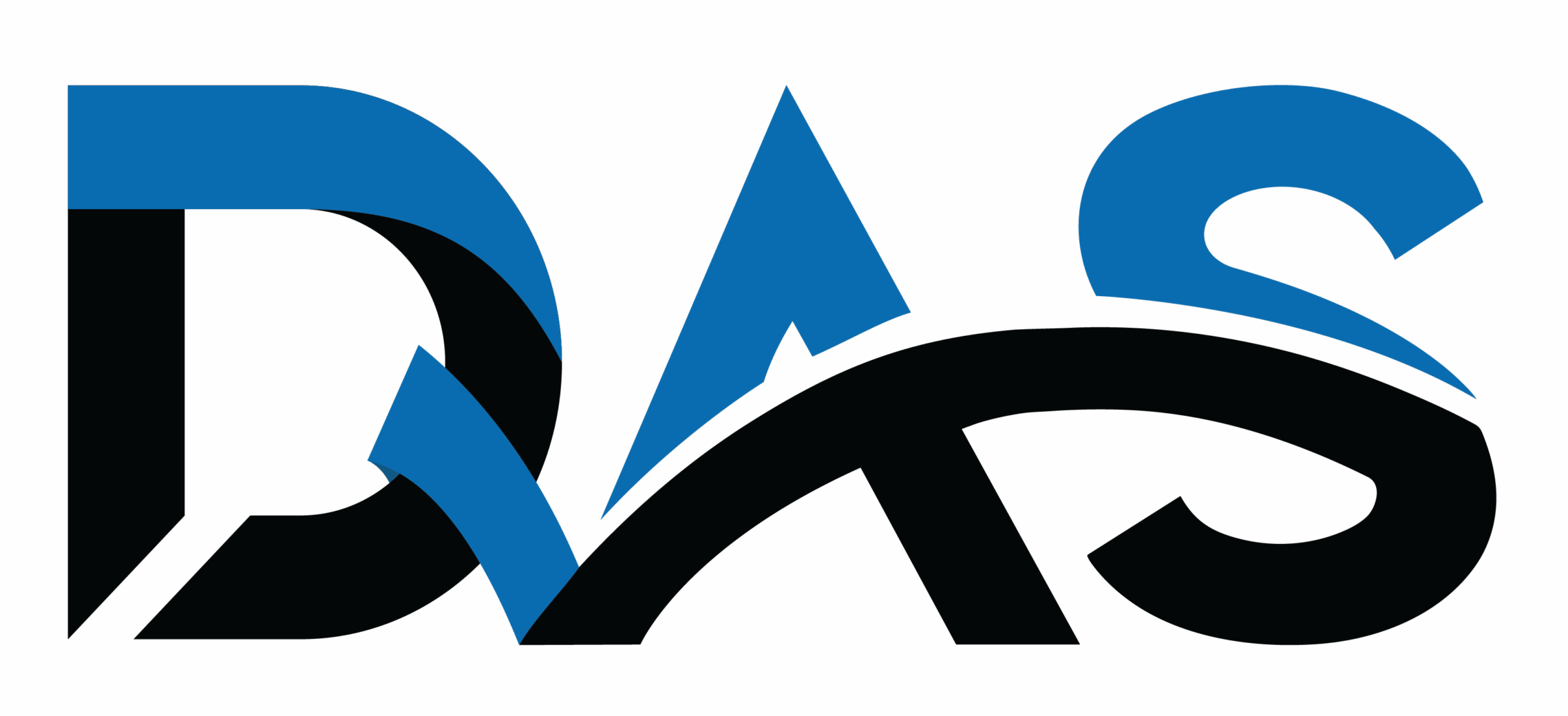Earth Moving Equipment Inspections
Our Earth Moving Equipment Inspection Services
Why Choose Us for Your Equipment Inspections? We offer comprehensive Earth Moving Equipment Inspections to ensure that your machinery operates safely, efficiently, and reliably. With our skilled team and thorough inspection process, we help you identify and address issues before they lead to costly repairs or downtime, ultimately maximizing your equipment’s lifespan and performance.
Our Inspection Services Include:
1. Pre-Operational Inspections
- Objective: Ensure that all equipment is safe and ready for use.
- Key Areas Checked:
- Tires, tracks, and undercarriage
- Fluid levels (engine oil, hydraulic fluid, coolant, fuel)
- Battery and electrical system
- Hydraulic systems (hoses, cylinders, connections)
- Lights, indicators, and control systems
2. Post-Operational Inspections
- Objective: Check the equipment after use for wear and tear or damage.
- Key Areas Checked:
- Fuel or fluid leaks
- Visible damage (dents, cracks, wear)
- Undercarriage condition
- Attachments (bucket, blade, etc.) and overall operational functionality
3. Weekly/Monthly Inspections
- Objective: Perform routine checks to ensure ongoing performance and reliability.
- Key Areas Checked:
- Engine and transmission
- Structural integrity of the frame and body
- Condition of tires or tracks
- Radiator and cooling systems
4. Annual Inspections
- Objective: Perform a comprehensive, detailed inspection to ensure long-term reliability and safety.
- Key Areas Checked:
- Engine health, including fuel and exhaust systems
- Transmission, pumps, and hydraulic systems
- Structural checks for cracks or damage
- Safety features (ROPS, seatbelts, protective systems)
3rd Party Inspection
Third-party Earth Moving Equipment Inspection involves independent verification of heavy machinery such as:
- Excavators
- Bulldozers
- Loaders
- Graders
- Backhoes
- Compactors
- Dump trucks
These inspections are performed by accredited inspection bodies to ensure safety, compliance, and optimal performance, particularly in sectors like construction, mining, roadworks, and oil & gas.
These services are typically carried out in accordance with national and international standards, such as:
- ISO/IEC 17020 (General criteria for the operation of inspection bodies)
- OEM (Original Equipment Manufacturer) specifications
- Local safety regulations and occupational health standards
- ILO and OSHA guidelines
Requirements for Third-Party Earth Moving Equipment Inspection
To ensure a complete and compliant inspection, the following key elements are usually addressed:
🔧 1. Visual & Structural Inspection
- Check for cracks, corrosion, and structural damage
- Inspect welds, frame, and chassis integrity
⚙️ 2. Functional and Operational Checks
- Test brakes, steering, hydraulics, lights, controls, and warning systems
- Check engine performance, oil leaks, and transmission
🛠 3. Safety Features Verification
- Verify Roll Over Protection Systems (ROPS) and Falling Object Protection Systems (FOPS)
- Inspect seat belts, mirrors, alarms, extinguishers, and horn
- Verify emergency stop buttons and interlocks
📑 4. Documentation Review
- Check logbooks, maintenance records, inspection history, and calibration certificates
- Ensure operator manuals and warning labels are in place
🔍 5. Load and Stability Testing (if applicable)
- Verify load-lifting capacities and tipping limits
- Perform static or dynamic tests depending on equipment type
🧪 6. Emissions and Environmental Compliance (where required)
- Check for compliance with emissions standards (e.g., EURO/US EPA)
🧾 7. Certification & Reporting
- Issue an inspection certificate with detailed findings
- Provide compliance status (Pass/Fail) and recommendations
Benefits of Third-Party Inspection Services
✅ Unbiased and Independent Assessment
- Eliminates conflict of interest
- Provides objective, expert evaluation
✅ Compliance with Safety Regulations
- Meets legal and regulatory obligations
- Ensures worker safety and equipment readiness
✅ Risk Reduction
- Prevents mechanical failures, workplace injuries, and environmental hazards
✅ Extended Equipment Life
- Early detection of wear and potential failures
- Supports preventive maintenance and better asset management
✅ Legal and Insurance Requirements
- Satisfies insurance providers and contractual obligations
- Protects against liability in case of incidents
✅ Enhances Operational Efficiency
- Ensures equipment functions reliably and performs at full capacity
- Reduces downtime and project delays
✅ Supports Certification and Accreditation Programs
- Useful for ISO 45001 (Occupational Health & Safety), ISO 14001, and ISO 9001 systems
- Builds client trust in safety-conscious operations
Typical Sectors Utilizing These Inspections
- Construction companies
- Mining operations
- Oil & gas firms
- Infrastructure projects
- Government & regulatory authorities
